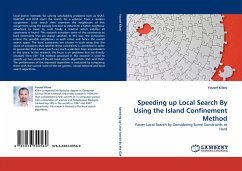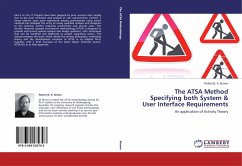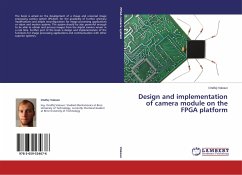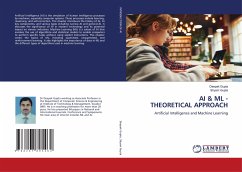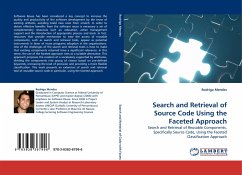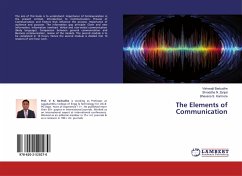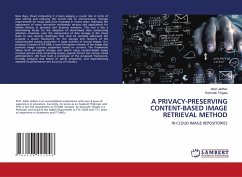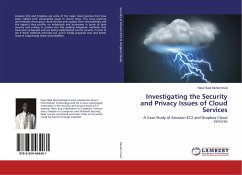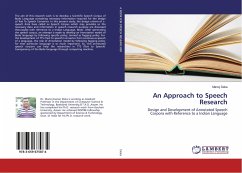
The UNC-Method revisited: elements of the new approach
Eliciting software requirements in a complete, consistent, and correct way
Versandkostenfrei!
Versandfertig in 6-10 Tagen
39,99 €
inkl. MwSt.

PAYBACK Punkte
20 °P sammeln!
Completeness, consistency, and correctness are the main features of a software application. When you start to think about such features from the very beginning of the software project, things can go well in the rest of the process. This is the accomplished promise of the up-to-date version of the UNC-Method. From the controlled-language-based artifacts, the UNC-Method offers a plethora of modeling products, constantly refined for resembling the best possible approach to the software application. At the end, the source code arises as a natural consequence of the step-by-step process followed by...
Completeness, consistency, and correctness are the main features of a software application. When you start to think about such features from the very beginning of the software project, things can go well in the rest of the process. This is the accomplished promise of the up-to-date version of the UNC-Method. From the controlled-language-based artifacts, the UNC-Method offers a plethora of modeling products, constantly refined for resembling the best possible approach to the software application. At the end, the source code arises as a natural consequence of the step-by-step process followed by the practitioners of the current, up-to-date version of the UNC-Method. Even if you are a professor, a researcher, a student, or a software engineering professional, you will discover, by reading and practicing this book, a new way to develop complete, consistent, and correct software applications.



